Again: COVID-19 !
- It was like an explosion.
- It has changed our way of doing medicine, our way of doing dermatology.
- And of course it has had an impact on teledermatology.
Teledermatology before COVID-19
- Before COVID, all of us did “store-and-forward” teledermatology.
- This was the way we ended up doing all teledermatology, in contrast to “live” because it was the most practical way of doing it; we got the images, both clinical and dermoscopical and then after getting them, we would sit down with the time, see these images on a screen, analyze them and make a diagnosis.
- We focused all our attention on the main actor for this, who was the family physician:
- Education was needed so our family physicians could send good images, otherwise we cannot make a diagnosis.
- As they were the main actors, we concentrated our attention on teaching them how to take the photographs and teaching medical photography is teaching photography.
- The teaching was about standardization of photography (see course: Data structuring: how to take a standardized clinical picture)
Teledermatology post-COVID-19
- But now came COVID and now everybody’s sending images.
- During the confinement, we got images from everywhere. From WhatsApp, from Gmail, from whatever, Yahoo. And this changed our way of doing teledermatology, because suddenly we were bombarded by photos sent directly by consumers.
- Consequently the quality is what it is. If we were complaining about the quality from family physicians, well, welcome to the new world…Bye-bye standardization !
- Pre-COVID education had to be provided to family physicians and efforts only had to concentrate on them. Maybe family physicians and nurses and some medical students.

- Now everybody is sending images. And it may be in a very naive way; the presenter made a video on you tube (How to take tele dermatology pictures, Paola Pasquali, MD) hoping that education can be provided on how to take images by:
- giving a few tips on the subject or get somebody else to take the picture.
- how to use the back camera and the front camera, et cetera, because this new modality of doing teledermatology.
- Now teledermatology tends to be hybrid, with a video call following submission of images and a questionnaire. It adds the opportunity of being able to talk to the patient.
- But again a photograph needs to be sent in on the side because videos are still too bad quality versus images to allow us to make a diagnosis from videos.
What does the future hold regarding photos in clinical dermatology ?
- The future is that we won’t be able to teach people to take good photographs because it will be impossible.
- We need devices that make automatic adjustments:
- It probably doesn’t apply to all the standardization points of clinical photography; for instance distractions from the patients need to be taken away.
- To make automatic adaptations of illumination, color calibration, focus, we will need to have cameras that take good clinical images.
- It’s certainly not going to be through teaching patients to take them correctly.
Paola Pasquali, MD. Digital Photography for Teledermatology Systems and Devices. 8th World Congress of Teledermatology, Skin Imaging and AI in Skin diseases – November 2020







